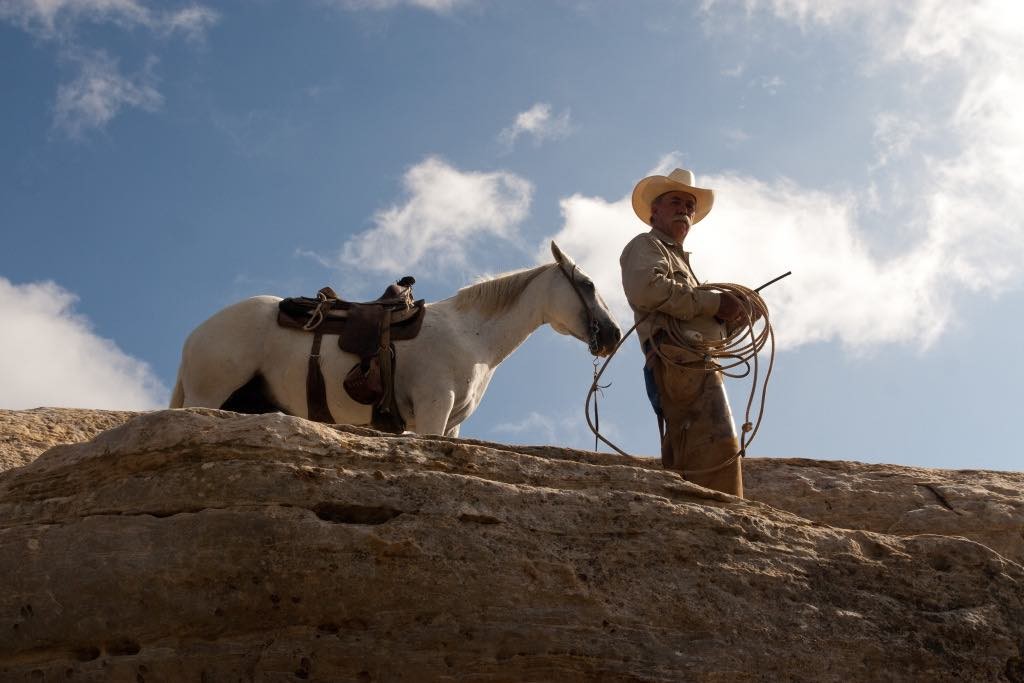Amidst new outbreaks of a disease that can be fatal to cattle, the U.S. Department of Agriculture has awarded NAU a $490,000 grant for an ongoing research project on Babesia, an organism carried by ticks and responsible for cattle fever.
David Wagner, associate director for NAU’s Center for Microbial Genetics and Genomics, said his team has spent the past three years using genetic data to study cattle fever ticks in southern Texas.
The next phase of research will involve gathering samples from Mexico to expand knowledge of the ticks’ populations, movements and ability to persist in the environment. Wagner’s team also will address cattle fever ticks’ growing chemical resistance, which could further challenge management efforts.
Before the USDA’s efforts to eradicate cattle fever, it was widespread in southern states, costing the cattle industry annual losses equivalent to more than $3 billion dollars today. Following a strong eradication effort during the past century, new outbreaks of Babesia-carrying ticks have created heightened concerns.
Because Mexico has never eradicated cattle fever ticks, the USDA employs tick riders, cowboys on horseback who patrol a quarantine zone along the southern Texas border looking for stray cattle. Through DNA fingerprinting of the ticks, Wagner’s team found that the region’s deer carried the same ticks responsible for cattle fever, raising another concern for the way the disease is being managed.
Looking to the future, Wagner has an additional concern: the cattle fever tick’s ability to proliferate and spread into other states. “We developed a predictive model of suitable habitat for ticks in the U.S. based on predicted climate scenarios,” Wagner said. “We found that the suitable habitat for these cattle fever ticks will likely increase, creating a much more difficult management task.”



